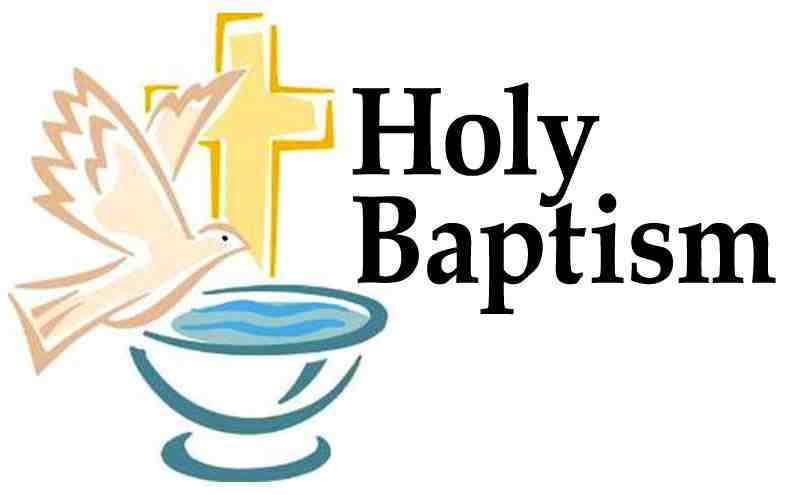Holy Baptism

What is Baptism?
Simply put, baptism is our death, burial, and resurrection in union with Jesus Christ. It is a rite of passage, given by Christ to the Church, as an entrance into the Kingdom of God and eternal life.
The Apostle Paul describes the promise of God in this “mystery,” as most Orthodox call it, most succinctly when he writes, “Therefore we were buried with Him through baptism into death, that just as Christ was raised from the dead by the glory of the Father, even so we also should walk in newness of life” (Rom. 6:4). To baptize (Gr. baptize) literally means to immerse, to put into. Historically, the Orthodox Church has baptized by triple immersion, “in the name of the Father, and of the Son, and of the Holy Spirit” (Matt. 28:19).
In the Old Testament, baptism was pictured by the passage of God’s people with Moses through the Red Sea (1 Cor. 10:1,2). John the Baptist, the last prophet of the Old Covenant, baptized in water unto repentance (Mark 1:4; Acts 19:4). Jesus received John’s baptism, who thereby transformed the water and baptism itself. In the New Covenant, baptism is the means by which we enter the Kingdom of God (John 3:5), are joined to Christ (Rom. 6:3), and are granted the remission of our sins and the gift of the Holy Spirit (Acts 2:38).
* What Results from Baptism?
From the start, the Church has understood baptism as:
- A first and second dying. Our first dying with Christ in baptism was our death with Him on the Cross. In the fourth century, St. Cyril of Jerusalem instructed his new converts: “You were led by the hand to the holy pool of divine baptism... and each of you was asked if he believed in the Name of the Father, and of the Son, and of the Holy Ghost. And you made that saving confession, you descended into the water and came up again three times. In the very same moment you died and were born.”
The second death of baptism is continual-dying to sin daily as we walk in newness of life. St. Paul writes to the Colossians concerning baptism (Col. 2:12) and concludes by saying, “Therefore put to death your members which are upon the earth: fornication, uncleanness, passion, evil desire, and covetousness, which is idolatry” (Col. 3:5).
- The resurrection of righteousness. This is our life in Christ, our new birth and entrance into God’s Kingdom (John 3:3), our “newness of life” (Rom. 6:4). It is our being joined to Christ in His glorified humanity and indwelt by God Himself (John 14:23). Our relationship with God is not something static, a legal fiction given to us by a Divine Judge. Rather, this is a dynamic and real life in Christ, holding the promise of everlasting life. Our resurrection to new life now forms a prelude to the resurrection of our body at Christ’s second coming.
- An intimate and continual communion with God. We are raised to new life for a purpose: union and communion with God. In this sense baptism is the beginning of eternal life. For this reason, Peter writes that baptism now saves us (1 Pet. 3:21)-it is not the mere removal of dirt from our bodies, but it provides us with “a good conscience toward God.”
Because of these promises, the priest prays for the newly baptized, thanking God “who has given us, unworthy though we be, blessed purification through holy water, and divine sanctification through life-giving chrismation, and who now also have been pleased to bring new life to Your servant newly illuminated by water and the Spirit, and granted remission of sins-voluntary and involuntary.”
- Orthodox Study Bible, page 1532